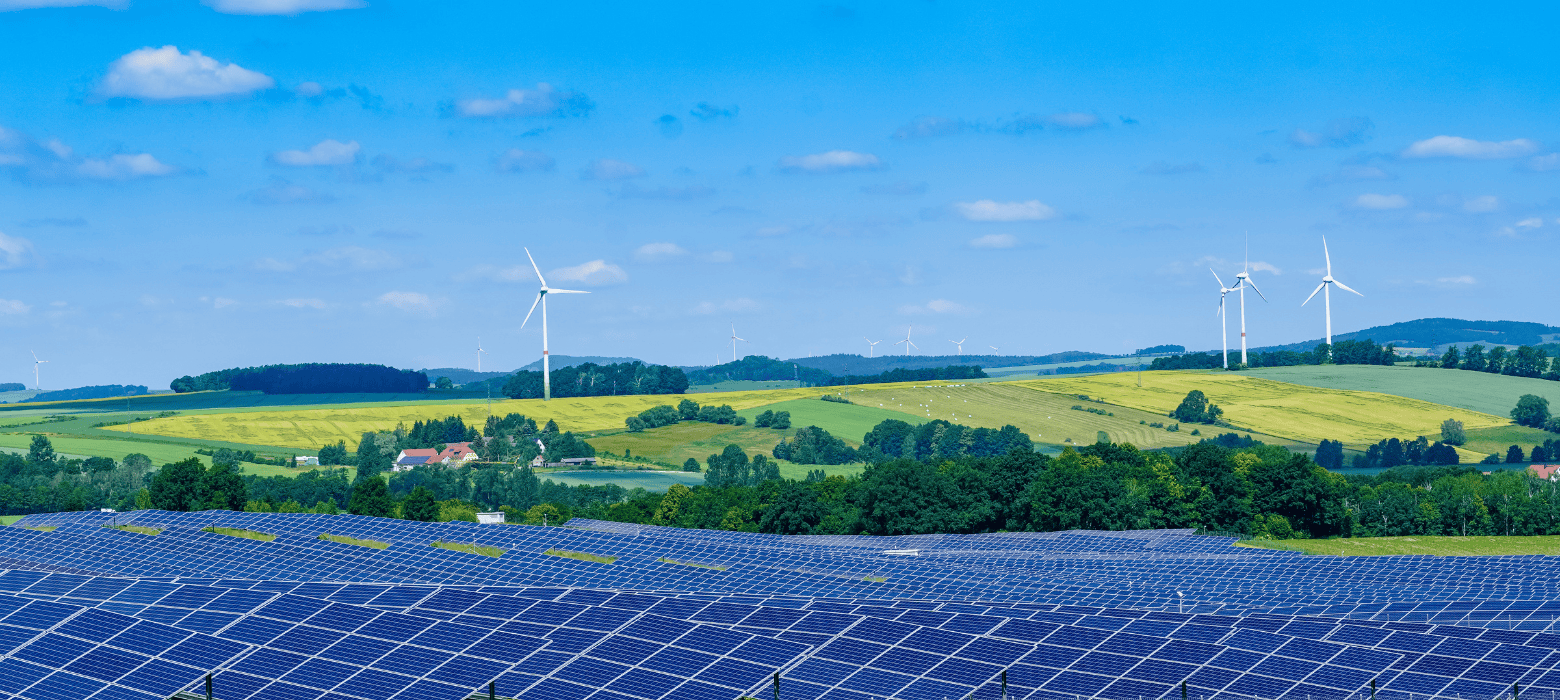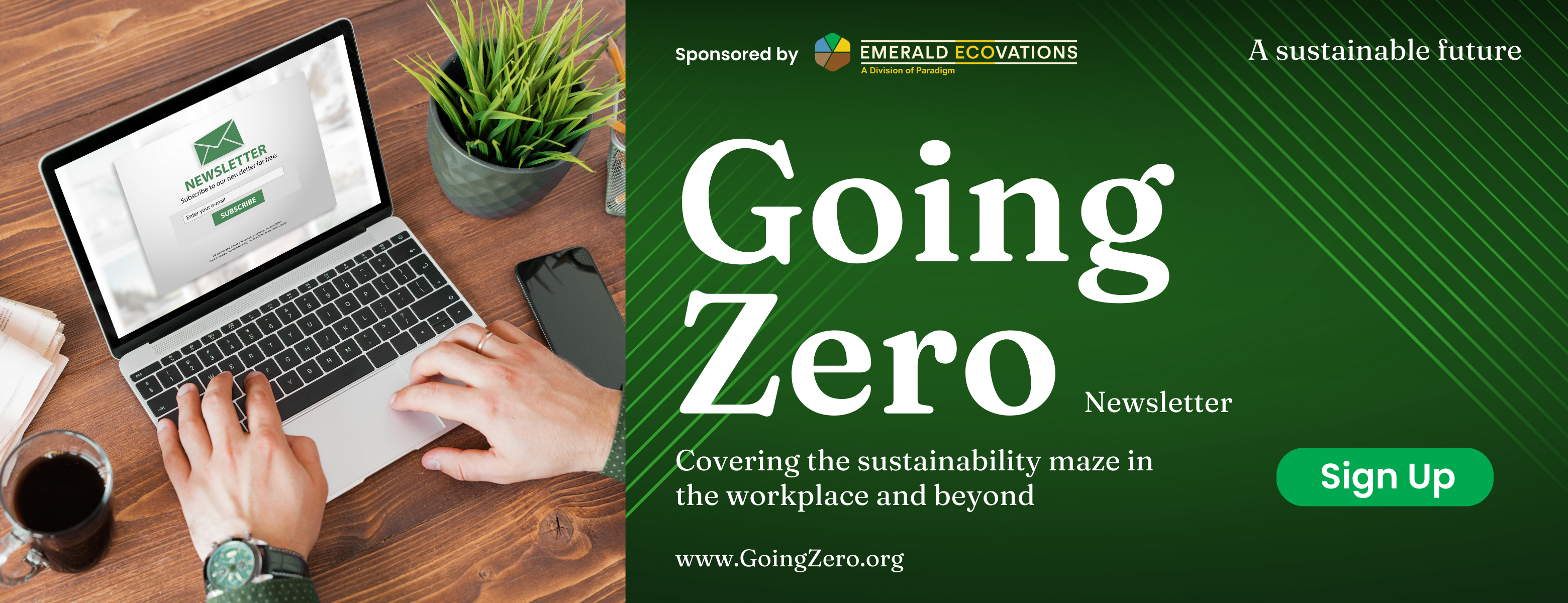
In the rapidly evolving business landscape, energy and sustainability are increasingly becoming focal points for corporate strategy. The need for sustainable practices is driven by a combination of environmental imperatives and shifting market dynamics, where consumers and regulatory bodies demand greater transparency and environmental accountability. As business leaders in the United States look towards the future, understanding and integrating sustainable energy solutions is essential for maintaining competitive advantage and ensuring long-term viability.
This shift is not only about mitigating environmental impact but also about harnessing opportunities that come with investing in renewable energy and innovative technologies. We’ll explore the integration of renewable energy sources and pioneering innovations that are setting the pace for a sustainable future.
The Business Case for Sustainable Energy Solutions
Cost Savings
One of the most compelling reasons for businesses to adopt sustainable energy practices is the significant cost reduction it can bring. Energy efficiency measures, such as upgrading to LED lighting, optimizing HVAC systems, and investing in energy-efficient appliances, have shown to reduce energy costs substantially. Switching to LED lighting can save up to 80% in lighting energy usage compared to traditional incandescent bulbs. Additionally, renewable energy sources like solar and wind can offer predictable pricing, shielding companies from the volatility of fossil fuel markets.
Enhanced Brand Image
Businesses that proactively adopt green practices and communicate these efforts effectively often see enhanced brand loyalty and a positive brand image, translating into increased sales and customer loyalty. For example, companies like Patagonia, which integrate sustainability deeply into their business model and marketing, have cultivated a loyal customer base that values their commitment to environmental conservation.
Regulatory Compliance and Incentives
Complying with environmental regulations is another critical factor driving businesses towards sustainability. In many states, companies are required to meet specific sustainability standards and can face penalties if they fail to comply. However, beyond compliance, there are numerous incentives for sustainable practices, including tax credits, rebates, and grants for companies that implement green technologies or achieve significant energy savings.
Risk Management and Resilience
Businesses that depend heavily on fossil fuels are more susceptible to price fluctuations and potential legislation designed to reduce carbon emissions. By diversifying their energy sources and reducing reliance on non-renewable energy, companies can mitigate these risks. Sustainable practices often result in operational efficiencies and improvements in resource management, which contribute to overall business resilience in facing future environmental challenges.
Overview of Renewable Energy Sources
The transition to renewable energy is pivotal for businesses aiming to achieve sustainability. Here’s an exploration of the primary sources of renewable energy and their relevance to the business world:
Solar Power
Solar energy has become synonymous with sustainable energy solutions, primarily due to significant advancements in photovoltaic technology and decreasing installation costs. From small enterprises to large corporations, businesses are harnessing solar power to reduce electricity costs and decrease carbon footprints. With options like onsite solar panels and community solar programs, companies can choose the best fit based on their operational needs and geographical location. An example is Google, which has committed to operating entirely on renewable energy, with a significant portion derived from solar power.
Wind Energy
Wind energy is another robust avenue for businesses to explore, particularly for operations located in wind-rich areas. The United States is home to some of the world’s largest wind farms, and companies are increasingly investing in wind energy as part of their sustainability strategies. Wind energy helps in achieving energy independence and also supports local economies by creating jobs and generating competitive energy prices. Major manufacturers and data centers often utilize wind energy to power their operations, leveraging the scalability of wind technology.
Hydro and Geothermal Power
While less commonly discussed, hydroelectric and geothermal energies are vital players in the renewable sector. Hydroelectric power, generated by harnessing the energy from moving water, is particularly effective for large-scale industrial operations located near water bodies. Geothermal energy, which utilizes the Earth’s internal heat, provides a consistent and reliable power source perfect for businesses in geothermal hotspots like California and Nevada. Both sources offer the benefits of low environmental impact and high energy efficiency.
Bioenergy
Bioenergy, derived from organic materials, is making strides as a versatile and sustainable energy source. Businesses in industries such as agriculture, waste management, and manufacturing can benefit significantly from bioenergy by turning waste products into power. This not only helps in waste reduction but also in creating a closed-loop system where every output is utilized efficiently. Innovations in bioenergy technologies are continuously enhancing its viability and efficiency, making it an attractive option for many businesses.
Innovations Driving Sustainable Energy
Innovation in technology is rapidly transforming the landscape of sustainable energy. Here are some cutting-edge developments:
Battery Technologies and Energy Storage
Advancements in battery technology and energy storage systems are revolutionizing how businesses store and use renewable energy. Modern batteries allow for the storage of surplus energy generated during peak production times, such as midday for solar power, to be used during lower production periods. This capability is critical for maintaining energy reliability and maximizing the utilization of renewable sources.
Smart Grids and Energy Management Systems
Smart grids use digital technology to monitor and manage the transportation of electricity from all generation sources to meet varying electricity demands. Alongside, energy management systems in buildings and industrial setups optimize the use of energy by automating control of environmental conditions, lighting, and other power-related aspects of business operations.
Emerging Technologies
Emerging technologies like carbon capture and storage (CCS) and hydrogen fuel cells are on the horizon as game-changers for achieving low-carbon footprints. CCS, for example, captures carbon dioxide emissions from sources like power plants and stores it underground to prevent it from entering the atmosphere. Hydrogen fuel cells offer a clean alternative for powering vehicles and energy systems, producing only water as a byproduct.
Case Studies: Success Stories from Leading Companies
Large Corporations Leading the Way
Apple Inc. — Known for its commitment to sustainability, Apple has achieved 100% renewable energy for all its facilities worldwide. This milestone was reached through a combination of investments in solar farms, wind energy projects, and innovative energy efficiency measures. Apple’s approach not only reduces its environmental impact but also sets a benchmark for other companies in terms of operational sustainability.
IKEA — IKEA has invested heavily in both solar and wind energy, becoming one of the largest private consumers of renewable power globally. The company owns wind farms in several countries and has installed solar panels on nearly 90% of its buildings. IKEA’s goal is to produce as much renewable energy as it consumes in its operations, thereby achieving energy independence.
Mid-Sized Businesses Adopting Sustainable Solutions
New Belgium Brewing — A mid-sized enterprise that has turned to renewable sources, New Belgium Brewing operates its facilities on 100% wind power purchased through renewable energy credits. Additionally, they employ biogas from their process wastewater treatment system and solar arrays to supplement their energy needs, showcasing how medium-sized businesses can efficiently implement diverse sustainability practices.
Start-Ups Pioneering New Practices
Allbirds — As a startup, Allbirds focuses on creating environmentally friendly footwear. The company uses natural materials and follows a lifecycle approach to minimize environmental impact. Recently, Allbirds has committed to labeling all its products with a carbon footprint, which includes direct emissions from renewable energy used in their stores and offices.
Guidelines and Resources for Business Leaders
Adopting sustainable energy practices requires strategic planning and resources. Here are some guidelines and resources to assist business leaders in this transition:
Starting the Sustainability Journey
- Energy Audit: Conduct a thorough energy audit of your operations to identify areas where improvements can be made in energy efficiency and where renewable energy can be integrated.
- Set Clear Goals: Define clear, achievable sustainability goals to guide your organization’s efforts. Consider short-term wins that can build momentum for longer-term initiatives.
- Employee Engagement: Engage employees at all levels by creating incentives for innovative ideas and solutions that advance your company’s sustainability goals.
Resources Available
- Governmental Incentives: The U.S. Department of Energy provides various resources and funding opportunities for businesses investing in renewable energy and energy efficiency projects.
- Non-Governmental Organizations (NGOs): NGOs such as the Environmental Defense Fund (EDF) and the Natural Resources Defense Council (NRDC) offer support and partnership opportunities for companies looking to enhance their sustainability practices.
- Professional Consultancies: Specialized sustainability consultancies can offer tailored advice and implementation strategies that align with your specific business needs.
Building a Sustainability Team
- Appoint a Chief Sustainability Officer (CSO): A CSO can drive the sustainability agenda at the executive level, ensuring it receives the necessary attention and resources.
- Cross-Departmental Teams: Create teams that include members from various departments to integrate sustainability comprehensively throughout all business operations.
These case studies and guidelines provide a practical roadmap for business leaders aiming to leverage sustainable energy solutions. This approach not only promotes environmental stewardship but also offers substantial business benefits, including cost savings, regulatory compliance, and enhanced corporate image.
Related Articles
How Technology is Reshaping Sustainability
As technology continues to evolve, it is playing a pivotal role in reshaping sustainability efforts worldwide.
Investment in Sustainability: A Strategic Guide
Sustainability investments focus on creating long-term value by integrating environmental, social, and governance (ESG) criteria into business decisions.
Jobs in the Sustainability Economy
The concept of the sustainability economy presents an innovative framework for achieving economic growth that balances ecological, economic, and social needs.
Economic Factors in Sustainability
Understanding economic factors is crucial to developing sustainable business practices that benefit the environment & enhance profitability and competitiveness.
8 Trends in Health and Wellness for Sustainable Businesses
Current health and wellness trends are emerging that not only support employee health but also enhance environmental and corporate sustainability.
Social Dimensions of Sustainability
Explore the social facets of community education and engagement, and the impact of raising awareness and building capacity in fostering a sustainable future.







